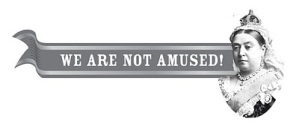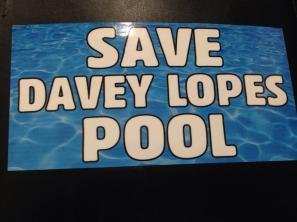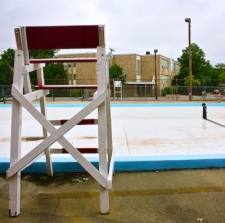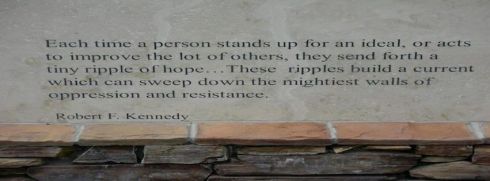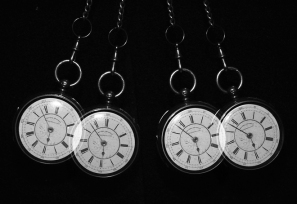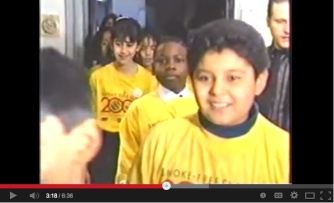Yes, I’ve seen the movie and bought and read all the books. I am 50 Shades of Grey literate. I watched the live debut in London yesterday afternoon, on the internet, complete with the red carpet walk, and interviews with the producer and the writer who said she never dreamed she would be at a debut of a movie made from her books.
I thought the movie would not live up to the books, such as they are. Regardless of the success, or not, of the movie, the success of the books cannot be denied – if you judge success on books sold and money made. 100 million women anticipated to have read it. The formula these days seems to be in writing trilogies and in something that lends itself well to images, blogs, and social media – to hype the hype. 50 Shades has all of this. The book – as in any book – brings images to mind. Images that are as private as the image of each of us reading the book – in our easy chairs, in bed, late at night, on our computers, or ipads, hidden in our offices, or even reading on our cell phones, if we didn’t want to have the book in the house.
As the movie has come closer to opening, we hear a variety of words – anticipatory giggles, “when are you going”, “are you going with your husband”, “…with your boyfriend”, or “with the girls”? We hear angry words, mainly from women. Women talking about violence towards women, disrespect, abuse, and challenging each other to boycott the movie on behalf of the cause of feminism. Or we hear psychologists talk about the damage it will cause to young girls. We hear little from men. They say it’s a chick flick. And they don’t know what it’s about.
The Valentine’s Day opening was moved to the 13th, so ladies could go with their lady friends and still have their date nights on the 14th. Would couples attend together? Would there be giggles? Shifting in one’s seat? Sighs of mutual acknowledgement? Nods to each other when we leave the theater? Rushes to our cars? Would we post our thoughts on Facebook? Or would we be as quiet as we were in the private time when we read the book? Alone with our thoughts. With our ponderings. With a smattering of confusion. The theater was filled. Mainly women, but a few with male dates, too. We began with quiet applause, as if we had all been waiting a very long time in our lives. Popcorn at the ready, we snuggle down. Women in sweat pants and comfy clothes, no dress-up needed. There is humor in this film. Mainly it is comedic timing and natural instinct by Dakota Johnson. Jamie Dornan does not meet our expectations of Mr. Grey as neatly. How could any actor meet what each of us had imagined and created in our own minds? A little too slim. Curling up of the upper lip makes him always appear as about to giggle. Shoulders not broad enough. Though his hands are striking, and brought about an audible gasp from the audience as he clasped a table edge.
The theater was filled. Mainly women, but a few with male dates, too. We began with quiet applause, as if we had all been waiting a very long time in our lives. Popcorn at the ready, we snuggle down. Women in sweat pants and comfy clothes, no dress-up needed. There is humor in this film. Mainly it is comedic timing and natural instinct by Dakota Johnson. Jamie Dornan does not meet our expectations of Mr. Grey as neatly. How could any actor meet what each of us had imagined and created in our own minds? A little too slim. Curling up of the upper lip makes him always appear as about to giggle. Shoulders not broad enough. Though his hands are striking, and brought about an audible gasp from the audience as he clasped a table edge.
In my opinion, the movie is not about BDSM or violence against women. Or degradation. Or disrespect. It simply isn’t about any of that. It is about the fantasy. The fantasy of what women – mainly older women – might think about – sometimes. Maybe it’s even an offering of a fantastical thought, should the woman have run fresh out of them. The exploitations that may roll around in one’s mind, while the reality of acting upon any of it would equal the chagrin of a couple watching mid-core porn in a hotel room. Really, honey? But we might think about it. We might.
So, just what is the appeal of all of this experimental sex? What were the sexiest moments? Were they the riding crop, or were they by the piano listening to him play a haunting melody? Were they the necktie around her wrists, or were they taking her up on an air glider, a day completely planned by him, from beginning to end?
 As I sit writing this I am listening to some “national expert” talking about the grave damage this movie will do to young girls….and I think about Bill Clinton and his declaration of “I did not have sex with that woman”. I think about how oral sex replaced intercourse by definition for young girls in an instant. And how a “goodnight, I had a nice time” with a kiss, became lost to the acceptable act of quick oral sex. One sided, I would add. How has HPV been spread exponentially? By young people – men & women – believing an STD could not be spread this way. Because this is not sex. The president said so. Talk to young women today. The sexual act, for many of them, is about their performance with their man. Not about receiving pleasure, or sexual skill of their partner. It is yet another giving act – much like making dinner, and doing the laundry. And if the money equation is tipped on the male’s side, even more.
As I sit writing this I am listening to some “national expert” talking about the grave damage this movie will do to young girls….and I think about Bill Clinton and his declaration of “I did not have sex with that woman”. I think about how oral sex replaced intercourse by definition for young girls in an instant. And how a “goodnight, I had a nice time” with a kiss, became lost to the acceptable act of quick oral sex. One sided, I would add. How has HPV been spread exponentially? By young people – men & women – believing an STD could not be spread this way. Because this is not sex. The president said so. Talk to young women today. The sexual act, for many of them, is about their performance with their man. Not about receiving pleasure, or sexual skill of their partner. It is yet another giving act – much like making dinner, and doing the laundry. And if the money equation is tipped on the male’s side, even more.
50 Shades of Grey is fantasy. Speaking as a feminist, I believe men probably don’t get it (nor will they take the time to read or watch), so we need to tell them how we are feeling about it. It is not the black and white of sexual pleasure. It is the grey of our lives, of our minds, of our exhaustion. It is the grey of our feelings – of what might be, or could have been. It is a lifetime of fairy princesses and handsome princes, with broken promises for our lives, watched when we were very young. To be followed next by Donna Reed and Lucy and Laura & Dick Van Dyke. We have the ‘right’ to equal pay and our careers. Yet our “before” lives and responsibilities remain largely intact, too; just with more stacked upon it, very little removed or replaced. Many of us do all of this while also being the sandwiched caretakers of our aging parents. And still we hear we aren’t doing enough and that we need to “lean in” and do more. Be more.
 The fantasy is freedom. It is putting our shoulders down and not worrying about what is for dinner or the buying and cooking of it, or where we will go if we go out (pick the restaurant, arrange for the babysitter, get the concert tickets, call the friends). It’s not worrying about buying our own car, or servicing it. Or paying all the bills. It’s not even thinking about what we will wear. It’s about looking good, being fit, being healthy, being taken care of. It is a fantasy of release.
The fantasy is freedom. It is putting our shoulders down and not worrying about what is for dinner or the buying and cooking of it, or where we will go if we go out (pick the restaurant, arrange for the babysitter, get the concert tickets, call the friends). It’s not worrying about buying our own car, or servicing it. Or paying all the bills. It’s not even thinking about what we will wear. It’s about looking good, being fit, being healthy, being taken care of. It is a fantasy of release.
But as the books and the movies are clear to reveal, the control in this fantasy is always the woman’s. She realizes it herself, half way through. Nothing is done to her she has not consented to, or actually asked for. Her inquisitiveness did take her a little too far, but sometimes that happens with a safe situation and a mind free to wander.
This movie is not for the young, and certainly not for tweens. Much damage has already been done by an ex-President, and what we watch on our televisions every day. Sex mixed with violence is power. Not sex. 50 Shades of Grey is none of those things. It is mature content, for a mature life. It is a gentle, ‘what if’. It is not a blonde princess spinning on the ice singing about her true love. It is, however, fodder for conversation between couples about that private part of their lives.
 The fact that this movie is about to enjoy success at a time when the popular movies are showing some of our more famous female actresses at their worst – no makeup, abused, beaten, raped, going through physical challenges, etc. is an interesting coincidence. This time, we seem to want another fantasy. In the yin and yang of life, this time we want to be the woman offered an easier life, love, and consensually great sex (and of course we want control). But sometimes we also want to be seen as the woman who has been torn to the ground and has risen again, scathed and damaged, but alive, and the wiser for it, too. A survivor.
The fact that this movie is about to enjoy success at a time when the popular movies are showing some of our more famous female actresses at their worst – no makeup, abused, beaten, raped, going through physical challenges, etc. is an interesting coincidence. This time, we seem to want another fantasy. In the yin and yang of life, this time we want to be the woman offered an easier life, love, and consensually great sex (and of course we want control). But sometimes we also want to be seen as the woman who has been torn to the ground and has risen again, scathed and damaged, but alive, and the wiser for it, too. A survivor.
We are a complicated hot mess. We are not black and white. We’ve earned every one of those fifty shades of grey.


